Stormbringer, Stargates, and Fighting Sail: Ten Classic Unplayed RPGs
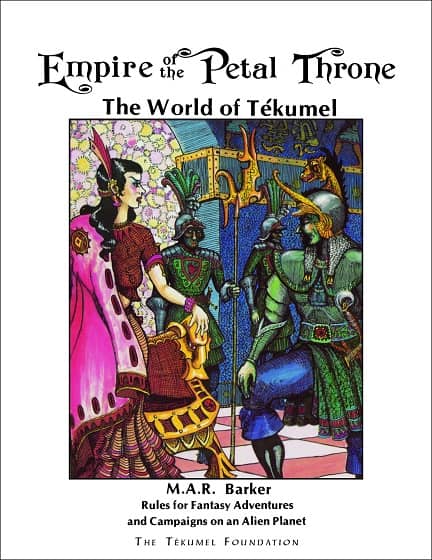 |
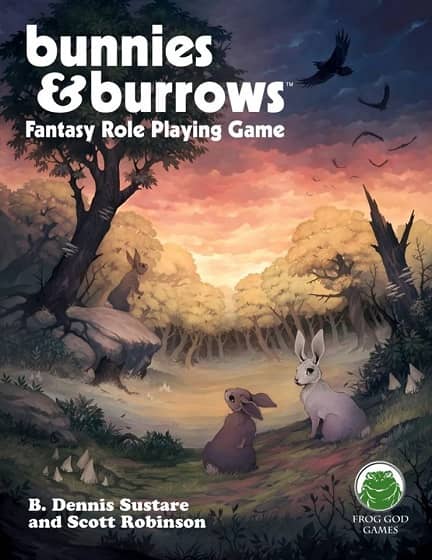 |
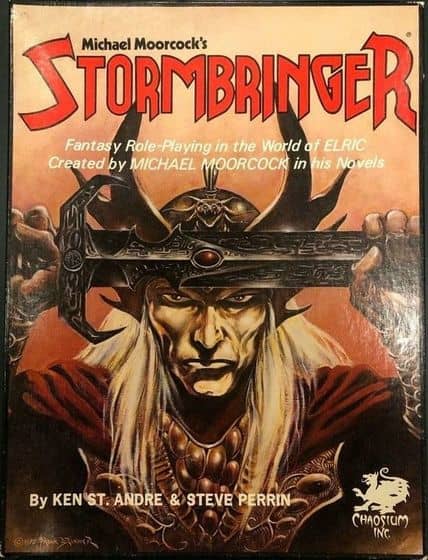 |
Empire of the Petal Throne (PDF version of 1975 TSR edition), Bunnies & Burrows (Frog God Press, 2019), and Stormbringer (Chaosium, 2nd edition, 1985)
People seemed to like old RPG covers. Here’s a more pointless variation: the first ten interesting RPGs I acquired but never found players for.
Empire of the Petal Throne
Number one: that classic, M.A.R. Barker’s Empire of the Petal Throne, one of or possibly the first complex, non-faux Medieval European settings for an RPG. Professor Muhammad Abd-al-Rahman Barker’s world of Tekumel predated roleplaying games by decades. The synergy between a complete game world and early RPGs was obvious; as a result TSR was one of many, many companies to try their hand at publishing it. While it had (and has) its avid fanbase, the game never caught on in a big way.
I’ve owned a number of editions. Never played a one!
[Click the images for bigger versions.]
Original TSR boxed edition of Empire of the Petal Throne (1975)
In the 1980s, DAW gave Barker his shot at being the next Tolkien. There were definitely parallels between the two authors, the main difference being that Barker was, uh, more of an ideas man than a prose man. As result, more people were exposed to his ideas via the unauthorized version offered by Raymond Feist.
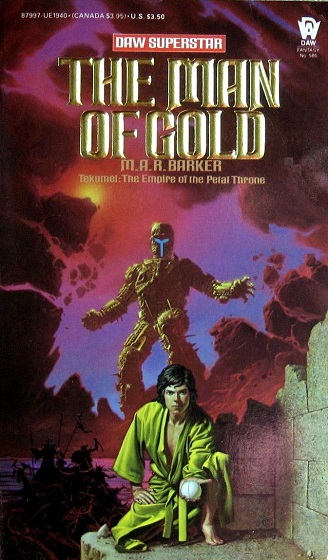 |
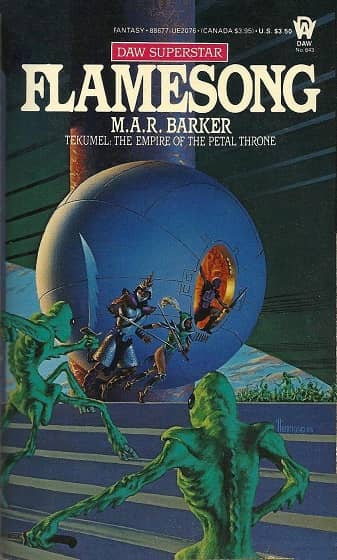 |
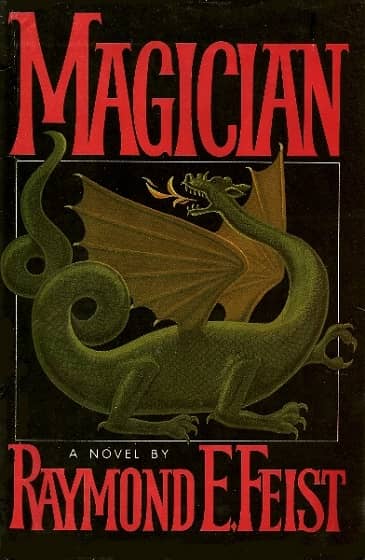 |
The Man of Gold and Flamesong by M.A.R Barker (DAW 1984 and 1985, covers by Michael Whelan and Richard Hescox), and Magician by
Raymond E. Fiest, which drew heavily from the Tekumel setting for Barker’s Empire of the Petal Throne (Doubleday 1982, cover by David Gatti)
I’ve owned a few of his books. Never finished any of them.
Bunnies and Burrows
In most games, the PCs are functionally apex predators. Not so in B. Dennis Sustare and Scott Robinson’s Watership Down-inspired Bunnies and Burrows, in which you play a rabbit, a tasty, tasty rabbit. Filled with legitimately innovative game mechanics, it provided a combat system the rabbits were very ill-advised to use, as well as a skill system hampered only by the fact the rabbits were, well, as smart as rabbits. Human NPCs fill the Cosmic Horror niche: enigmatic, powerful, and deadly.
B&B has had at least four editions of which I am aware: the original (unburdened by production values, which you could get away with in the 1970s), the FGU edition (the edition I had), the GURPS edition, and the recent Frog God edition, which is still in print.
Stormbringer boxed set, Second edition (Chaosium, 1985)
Stormbringer!
Chaosium’s Stormbringer! was a licensed product based on Michael Moorcock’s Elric of Melniboné secondary world fantasy series. The game engine used modified Basic Roleplaying mechanics; in particular, magic worked very differently in Stormbringer than in Runequest. Characters could come from a wide variety of backgrounds; power-gamers preferred certain back-grounds over others because there was no pretense of game balance between them.
Meeting Elric and his soul-eating demon sword was not recommended. In fact, although it was best not to think about it, all PCs who did not somehow flee their home plane were ultimately doomed thanks to the well-meaning, mopey albino protagonist of the series.
(Here’s a closer look at the back cover of the Second Edition.)
Stormbringer and some of its supplements
Fringeworthy
Tri Tac’s Fringeworthy was an SF RPG in which player characters explore a variety of alternate universes, courtesy of a network of alien portals. What I remember about this was the excessively detailed combat system.
Designer Richard Tucholka was once turned back at the US/Canadian border, not because Canada Customs thought his map tube (a repurposed rocket launcher no longer functional for its original purpose, IIRC) was a bit weird but because they felt his personal dice collection had too many dice and was therefore deemed suspicious.
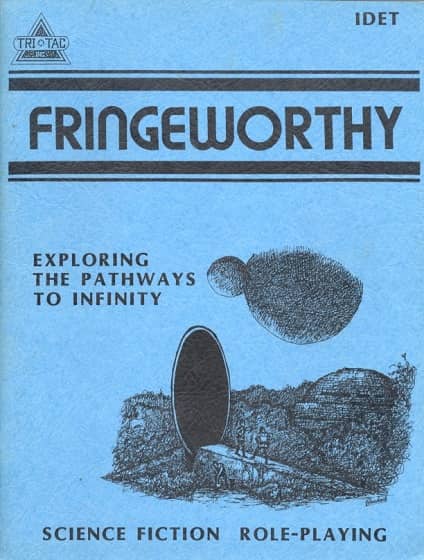 |
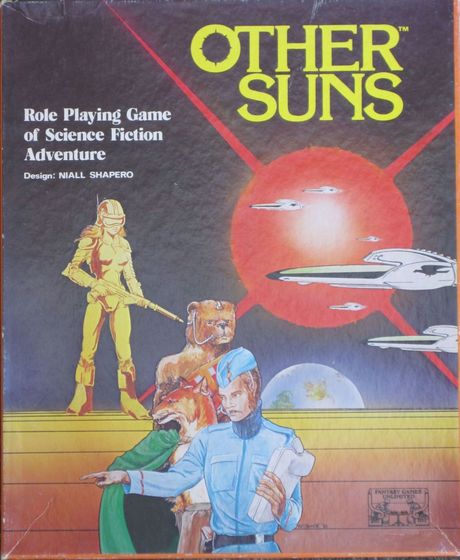 |
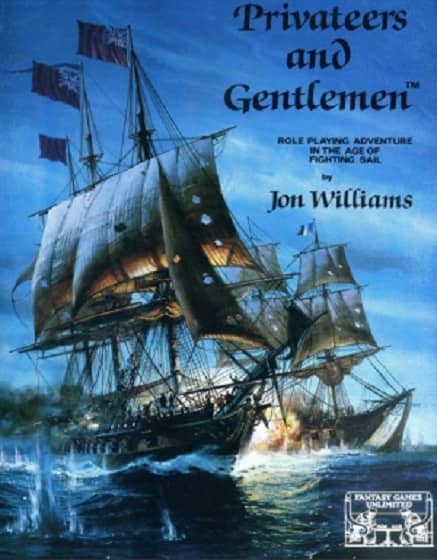 |
Fringeworthy (Tri Tac Games, 1982), Other Suns (Fantasy Games Unlimited, 1983), and Privateers and Gentlemen (Fantasy Games Unlimited, 1982)
Other Suns
Game mechanics in Niall C. Shapero’s SF RPG Other Suns were a very detailed, math-heavy cousin of Chaosium’s Basic Role Playing (BRP). The setting drew on popular SF of the time (more the Mote in God’s Eye and Space Viking side), with the twist that when the heavily-armed Terran Empire encountered the vast, alien community that dominated a third of the galaxy, they were promptly and immediately defeated. Twice. Currently, humans have a collective government but functionally, humans fall under the purview of three alien regional governments.
Said aliens for the most part are curiously similar to humanoid animals for the most part, which makes this one of the earlier furry RPGs. The aliens were also available as PCs, so anyone not wanting to play a member of a second tier group notable mainly for being homicidal bastards who almost crashed civilization could select something more palatable. Seriously, why play a naked ape when you could be a telepathic fox person?
Interior artwork from Other Suns
A vast variety of weapons was provided, despite which the example of combat provided in the rules ends with the example character (a human) getting arrested for murder. Also provided, planet generation and ship building rules, which I had a lot of fun playing with.
FGU supported the game rather poorly.
Box contents of Other Suns
Privateers and Gentlemen
Jon Williams’ Privateers and Gentlemen, published by FGU. This was a strictly historical RPG, set during the Napoleonic War Era. More specifically, it was a historical naval RPG, with the focus on the Royal Navy and the US Navy. The RPG box set also included the Heart of Oak Age of Fighting Sail war-game.
I know I keep saying “this was poorly supported by FGU.” In this case, the RPG and the associated war game were the whole of the line. At least, I never saw any further products.
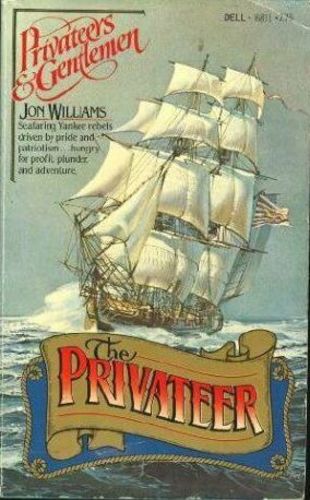 |
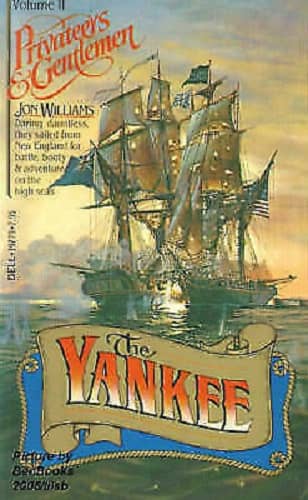 |
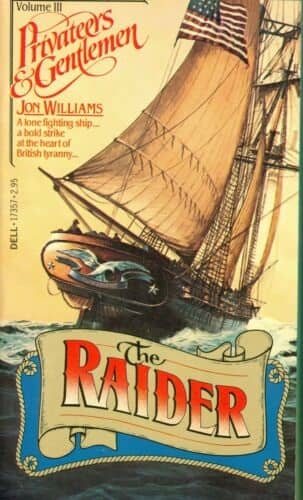 |
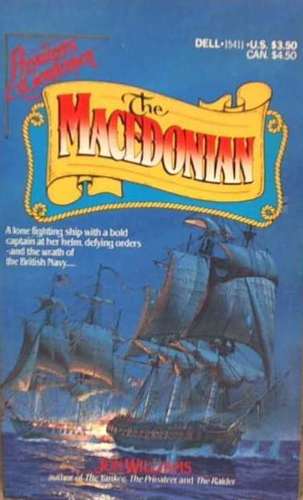 |
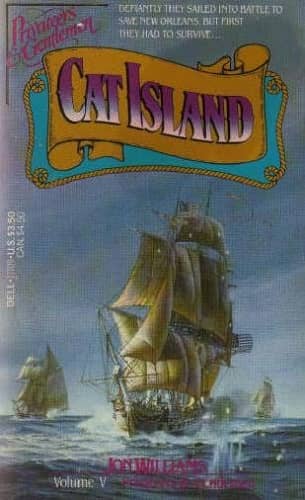 |
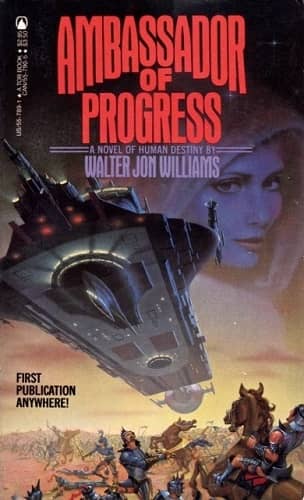 |
Jon Williams’ 5-volume Privateers and Gentlemen series, his first published novels
(Dell Publishing, 1981 – 1984), and Ambassador of Progress, his first SF novel (Tor, 1984)
At this point I’d read Williams’ Cat Island but it wasn’t my thing (US-pov Napoleonic War era fiction has the same appeal to Canadians as The Glorious Liberation of Karelia by the Red Army series might to a Finn). I didn’t associate the historical writer Jon Williams with the SF writer Walter Jon Williams because at this point, WJW’s first novel, Ambassador of Progress, had not yet been published.
Having never played the game, the only impressions that remain with me are that it was very easy for an officer’s career to go off the rails, consigned to half-pay or worse, and that one’s choices as to medical staff were limited to sadists, alcoholics, or alcoholic sadists.
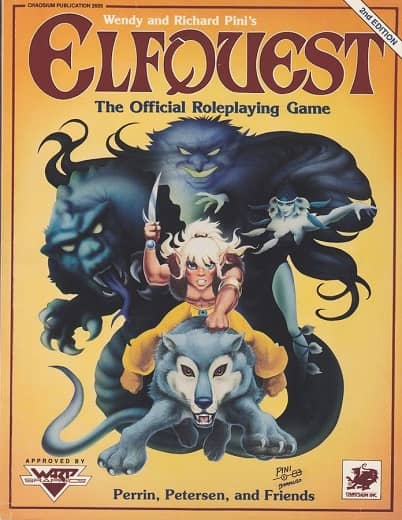 |
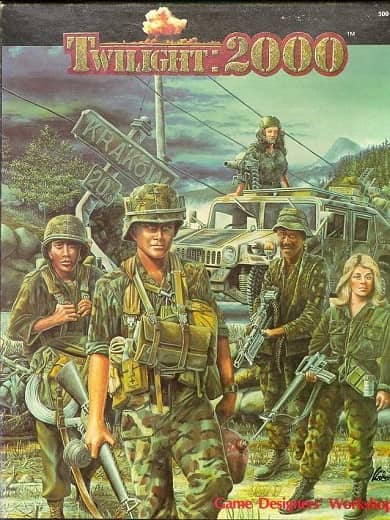 |
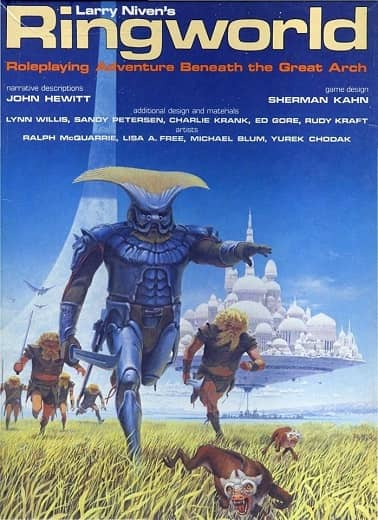 |
Elfquest (Chaosium 2nd edition, 1989), Twilight: 2000 (GDW, 1st edition, 1984), and Ringworld (Chaosium, 1984)
Elfquest
Steve Perrin, Sandy Peterson, and Yurek Chodak’s Elfquest, set in the world of Wendy and Richard Pini’s Elfquest, an independent comic that had been running since the 1970s. I was not a particular fan of Elfquest as I did not care for the art [See Note 1] — but — this was a Chaosium product which meant I could scavenge elements for other BRP games.
Elfquest is set on another world. I think the elves began as castaways on a primitive world. Ah, a quick check of the Wikipedia entry says it’s more complicated; starships were involved but so was time travel.
Elfquest issue 5 (WARP Graphics, 1980)
By the present day of the comic, the elves were very low tech, compensated by their access to potentially powerful magic, and had divided into a number of contending tribes. The situation was complicated by the presence of humans, who were not especially fond of elves. The elves returned the sentiment — I think there was an episode where humans appeal to elves for help and the elves sent them on their way to die elsewhere.
[Note 1: A customer of mine worked for Nelvana, I think, and she mentioned attempts to animate the Elfquest characters as drawn put them soundly in the Uncanny Valley, which might explain why nothing came of the project.]
Twilight: 2000 First Edition box contents (GDW, 1984)
Twilight: 2000
Day eight of unplayed RPGs: Frank Chadwick, Dave Nilsen, Loren K. Wiseman, and Lester W. Smith’s Twilight 2000, GDW’s SF RPG to which history was very unkind. Set in the far-off year of 2000 AD, it depicts the later stages of World War Three, triggered in the east by Soviet-Chinese tensions and in the west by an ill-considered attempt by East and West Germans to forcibly reunify their nations while the Soviets were distracted. This did not go entirely well. Five years into the war, Earth is a much emptier place, and central command structures are, if not broken, under severe strain.
Twilight 2000 assorted supplements
Players are soldiers somewhere in central Europe, stranded after the One Last Big Push That Will Surely End in Allied Victory… didn’t. This leaves the players free to pursue campaigns from murder hoboing their way across Europe (which, given the lack of supplies, was unlikely to end well) to trying to get home to a US divided between MilGov and CivGov.
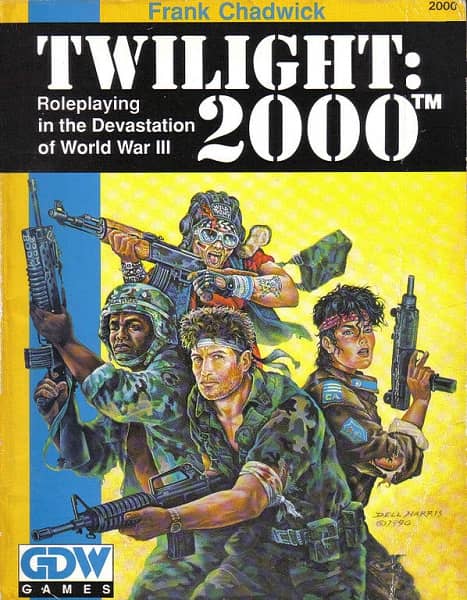 |
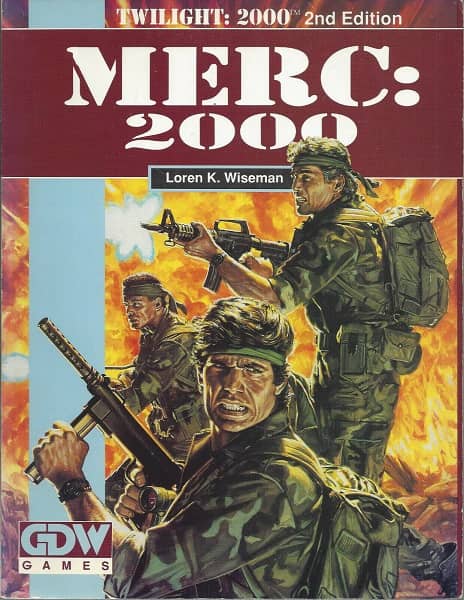 |
Twilight: 2000 Second Edition (GDW 1990) and Merc: 2000 (GDW 1990)
T2000 avoided Chadwickification — the tendency of any RPG Frank Chadwick had a hand in to slowly become a military RPG — by being one right from the get-to. It was pretty well supported by GDW. New editions appeared as various key elements of their future history were superseded. A non-WWIII variant, MERC 2000, provided rules for Murder Hobos for Hire in a more peaceful world, which was mainly notable because one of the source books used Canadian Tire money instead of actual Canadian currency.
GDW even provided an element of hope, in that T2000 tied into a sequel I will get to, one in which the Earth recovered from the Twilight War. If not Chadwickification.
Ringworld box contents (Chaosium, 1984)
Ringworld: Roleplaying Adventure Beneath the Great Arch
Day Nine of RPGs I’ve owned but never played: John Hewitt & Sherman Kahn’s Larry Niven’s Ringworld: Roleplaying Adventure Beneath the Great Arch. Published by Chaosium, using yet another version of their BRP ruleset, this SF RPG offered players with the chance to roleplay in Larry Niven’s Known Space [See Note 2]. The game crammed a lot of information into the basic set, with even more in the Ringworld Companion.
Production values were very high, as was the price (Something like $130 in current dollars). Yes, that’s a Ralph McQuarrie cover. LNRW: RABtGA was also doomed, because scarcely had the game come out before Niven made a lucrative media deal and yanked the rights back from Chaosium. LNRW: RABtGA is very much out of print.
Ringworld back cover (click for legible version)
This was one of the games I most avidly anticipated in the mid-1980s and of course I never got around to playing it.
[Note 2: I’d say this was before Niven’s colorful eccentricities were known but really, Lucifer’s Hammer, with its cannibal armies and asides like “The only good thing about Hammerfall, women’s lib was dead milliseconds after Hammerstrike” gave a pretty good idea of where Niven’s head was at.]
Traveller: 2300 First Edition box set (GDW, 1986)
Traveller: 2300
Number ten in my hit-list of cool RPGs that I never actually played: from GDW, Frank Chadwick, Timothy B. Brown, Lester W. Smith, and Marc W. Miller’s Traveller: 2300, later renamed 2300 AD.
Despite the first edition’s title, T2300 had nothing to do with GDW’s flagship science fiction roleplaying game. Instead, it was a sequel to Twilight: 2000. Three centuries (which the company gamed out) was long enough for humans to recover from the Twilight War, although not long enough to replace the nation-state and empire with something less pugilistic, develop star flight and explore the nearer stars, where it did not take too long to encounter aliens, peaceful and otherwise.
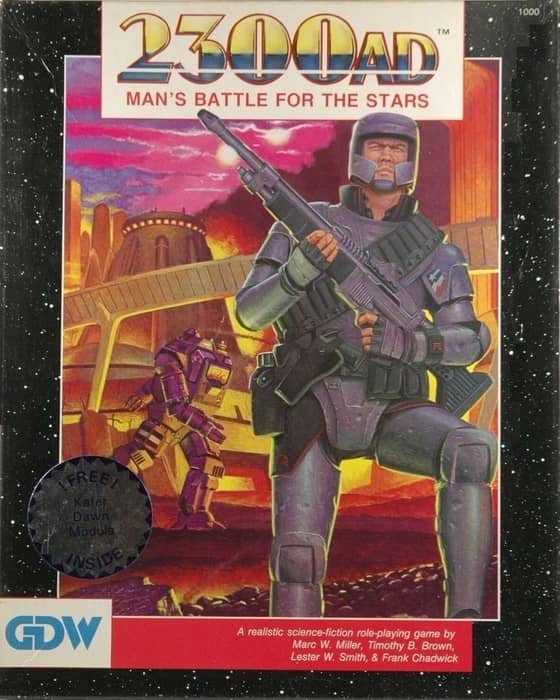 |
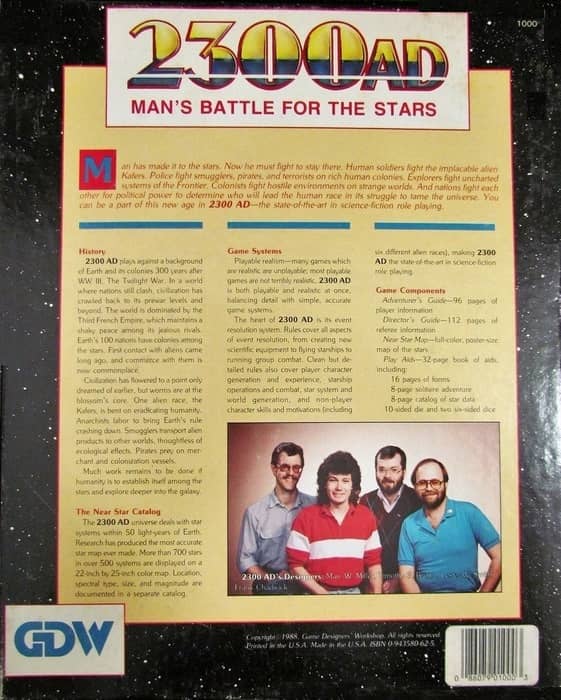 |
2300 AD Second Edition box set (GDW 1988)
T2300 had many interesting features: alien aliens, an attempt to provide a hard SF RPG, and most notably the Near Star map, which did its best to provide a three dimensional map of the stars within 50 light years of the Solar System. It also had… issues, from the confusing product name to playtest/proofreading issues that meant that as written, nine in ten characters were permanently comatose. Thus the 1988 second edition, renamed, polished, and expanded. As I recall, GDW even allowed people with the first edition to swap the original box set for the second edition rather than making them pay for the same game twice.
The big background event was an ongoing war between humans and the alien Kafer but near space was a big place and it was possible to run games in regions of space unaffected by the war.
First edition box contents, with additional supplements
Alien races proved fairly common in our neck of the woods. In fact, there were enough for rather disquieting patterns to emerge. Common pathways for technological species included self-extermination (near miss for humans and Eber, success for the Little Guys and maybe the Medusae as well), and domination by a more powerful species (the Song, the Xiang, and the Ylii, with the Klaxun an edge case because humans had only just discovered the stone age aliens). Humans and Kafer were avid empire builders, keen on dominating other species [See Note 3].
Although humans were not aware of the fact, neither humans not Kafers were the most advanced species around: locally, that was whatever created the Pentapods, and on a grander scale there was something building dimensional bridges between the core of the galaxy and the outer arms.
The massive Traveller 2300 star map
The system was well supported, although the quality of the supplements was a bit hit or miss. Later on, GDW stitched on cyberpunk elements in an attempt to keep up with fashion.
We never played the system as written but we did use it for a locked room murder mystery IN SPACE, and a campaign, both using the HERO system.
[Note 3: It happened that humans had characteristics that inflamed Kafer paranoia, so there would have been conflict regardless of empire building.]
Prolific book reviewer and perennial Darwin Award nominee James Davis Nicoll’s work has appeared in Publishers Weekly and Romantic Times as well as on Tor.com and his own websites, James Nicoll Reviews and Young People Read Old SFF (where he is assisted by editor Karen Lofstrom and web person Adrienne L. Travis). He is currently a finalist for the 2020 Best Fan Writer Hugo Award.
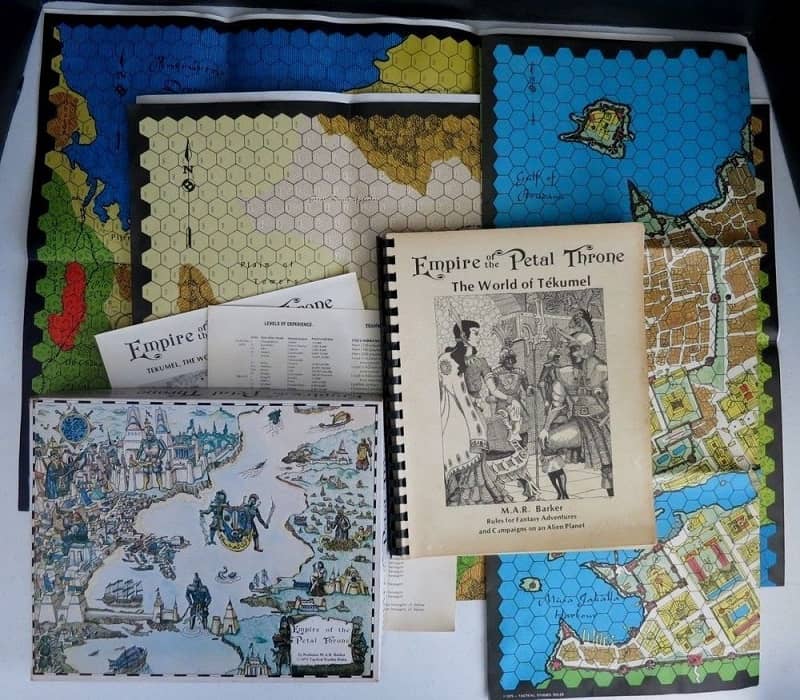
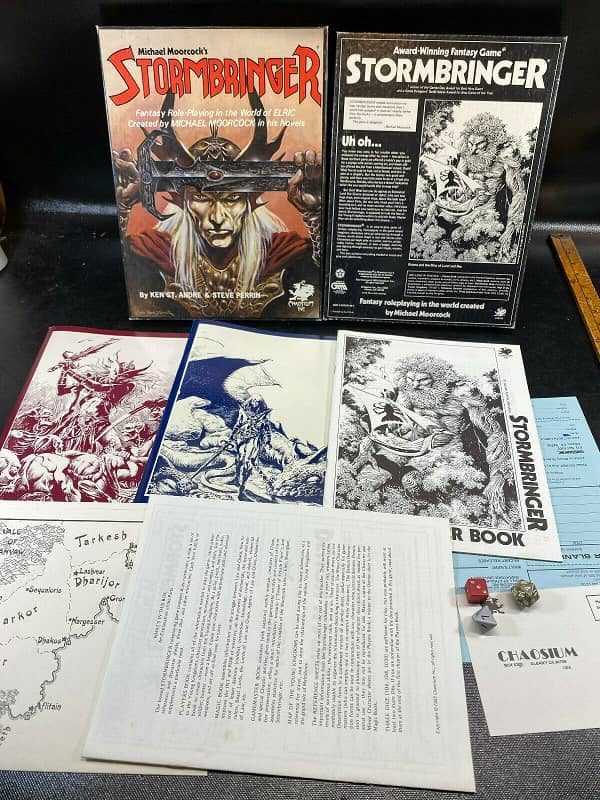
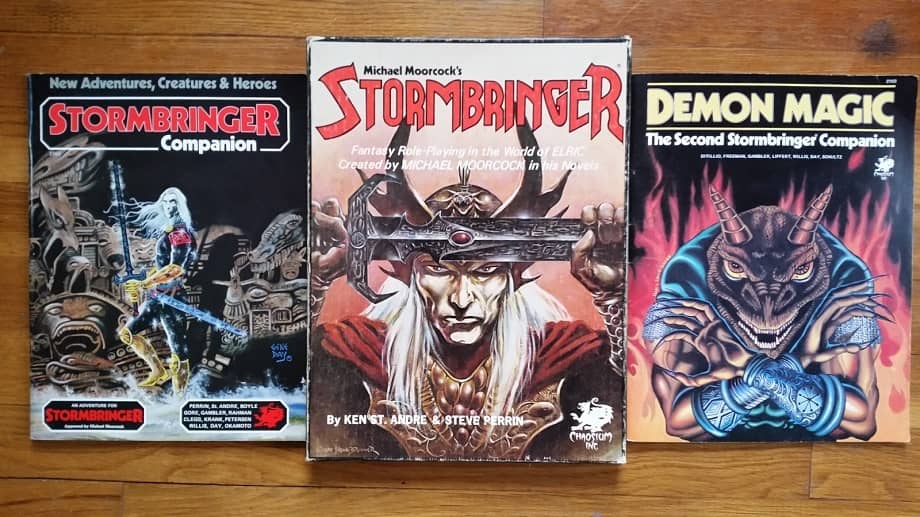
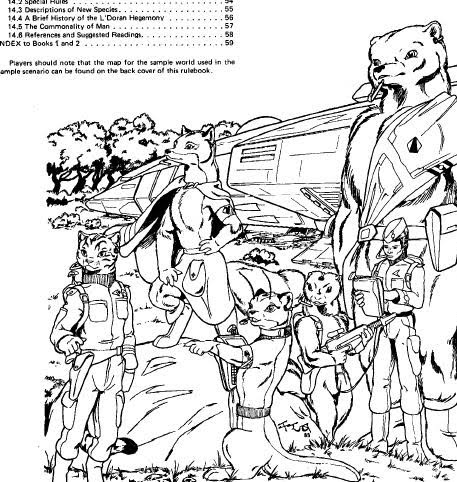
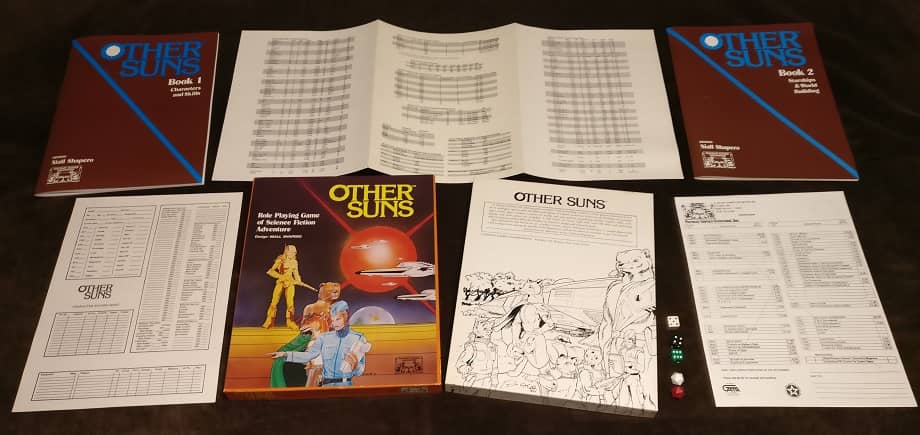
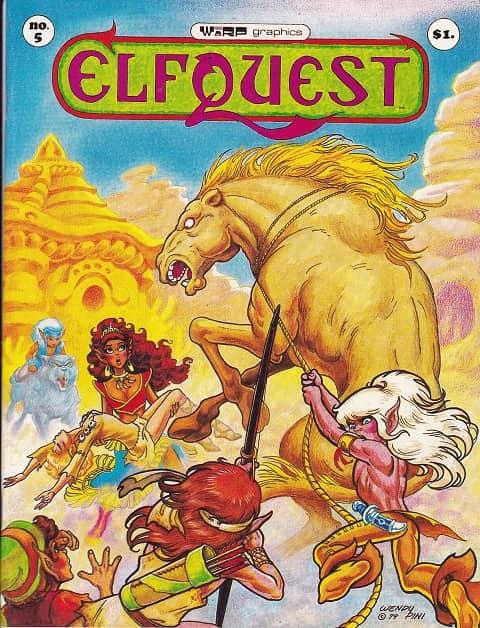
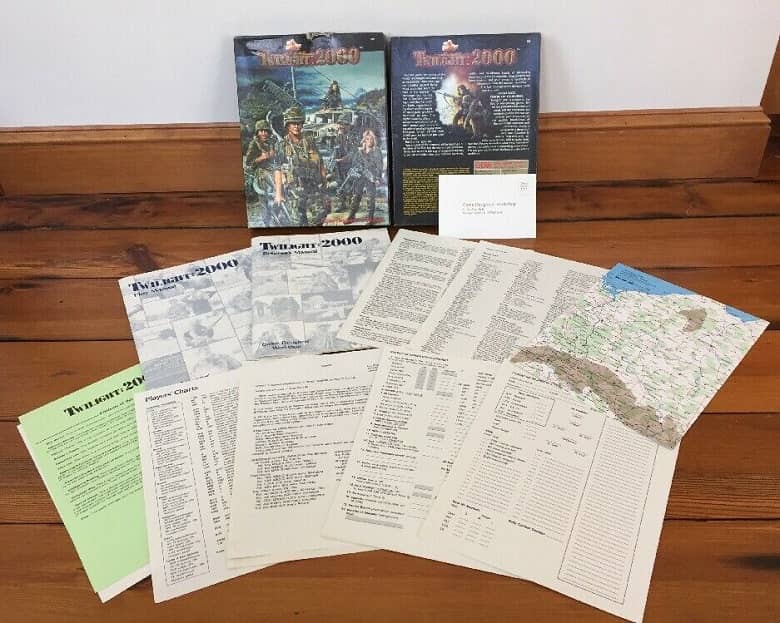
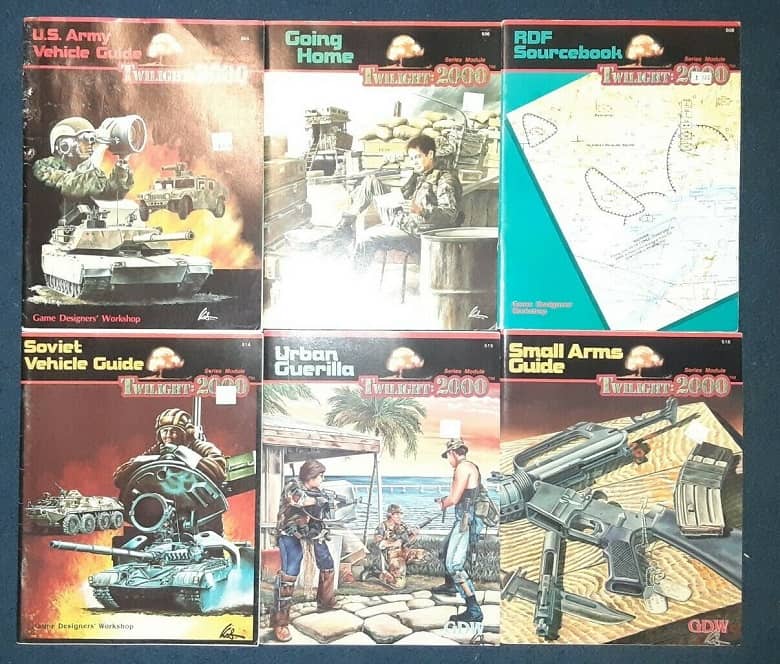
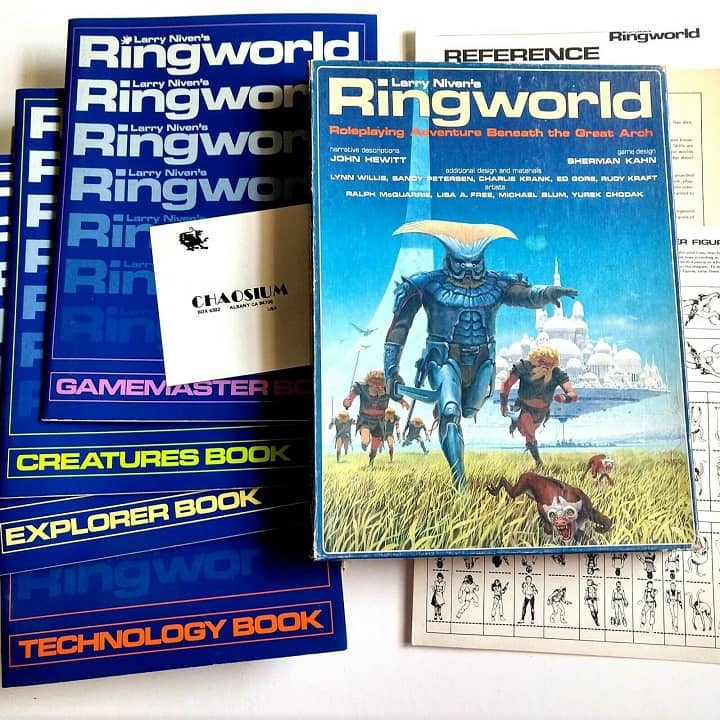
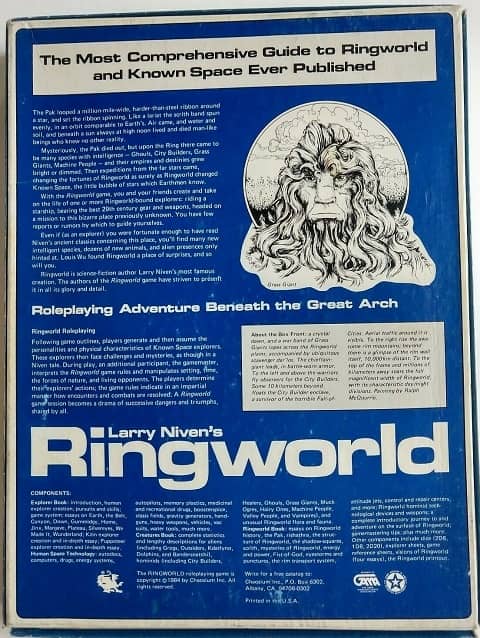
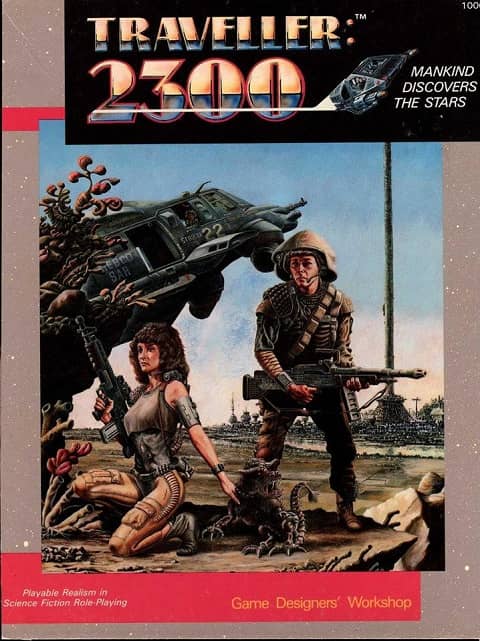
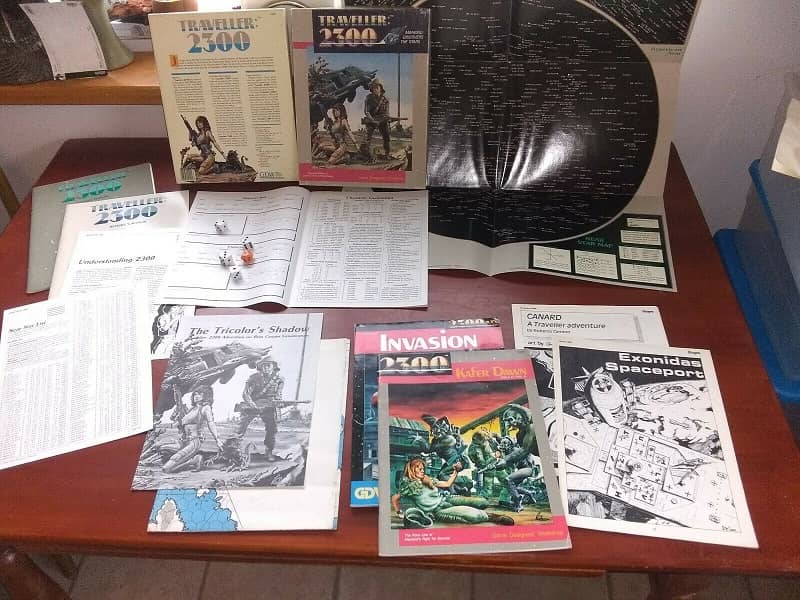
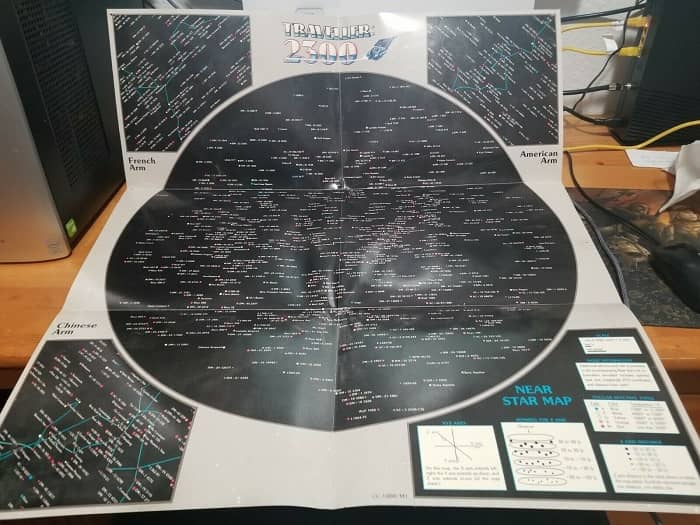
Thanks for a great post, Mr. Nicoll. It’s a shame our gaming circles never intersected in our youth, otherwise your list would be quite different.
1. Tekumel – I respect MAR Barker but I have to admit I spent more time looking at the TSR components than I did playing the game or reading the books.
2. Bunnies & Burrows – I am reliably informed that I played B & B before I stopped drinking. I’m told I especially enjoyed the combat system. This worries me.
3. Stormbringer! – one of my favorite RPGs (by the great Ken St. Andre, with an assist from Steve Perrin) and one that belongs to that select group of games where you can kill your character before play begins. “You want a profession where you can summon demons? Okey Dokey” If you take a look at the author credits for the first Stormbringer Companion, you’ll see me. Bonus points if you can spot the portrait of Cerebus the Aardvark that Gene Day slipped into the cover art.
4. Twilight 2000 – loads of fun. Our favorite adventure was where we had the chance to set off our own tactical nuke. I must remember your definition of Chadwickification.
5. Ringworld – really enjoyed this game. Character generation was a hoot; I wound up with one PC who was a social non-entity who could built/repair any energy weapon in the game but who couldn’t hit the broadside of a barn. But then I knew someone like that…
That back cover blurb about being the most comprehensive source on Known Space is accurate; Larry Niven himself said so after using the game to research one of his own articles on Known Space.
6. FGU games – “This was poorly supported by FGU”.
I envy your gift for Understatement.
What a fantastic reply! I laughed out loud from the last remark there and can only nod in agreement to your capsule reviews here, especially the ones about Stormbringer- (still played today by me, in a bout two weeks GM:ed by me on a Swedish gaming convent in Gothenburg) and Ringworld RPGs. Thanks!
Ooh, I have owned most of these RPGs, in their 1st editions. I learned roleplaying from Empire of the Petal Throne. I actually bought my copy of Stormbringer! from John T. Sapienza, Jr. I played in a lot of Twilight: 2000, but I much preferred Traveller: 2300. Which did get oh-so-Chadwickized when it became 2300 AD, alas. “Man’s Battle for the Stars”, indeed.
Curiously, Fria Ligan (Free League) of Sweden, publishers of Mutant: Year Zero and Tales From the Loop are re-publishing Twilight: 2000 set in an “alternate” Europe with the kind of apocalyptic war that never did occur (thankfully!).
Eugene,
Later this morning (in about an hour) Patrick Kanouse will publish a lengthy review of Twilight: 2000, and he mentions the upcoming version as well.
Not every week I get two reviews of Twilight: 2000, a 36-year old RPG!
Cool write up James. While I have heard of all these games the only ones I ever got close to a crack at – basically role up character, perhaps attempt at first game session – were T2000 (yellow cover) and 2300AD. Both my game collector friend had.
Personally the only one I have is Stormbringer (games workshop 3rd ed). Never played it. My personal list of owned but never played extends to:
Skyrealms of Jorune. Still have the 2nd ed box, would still like to have a go.
Talialanta – mostly 2nd ed. This was in my view akin to Petal Throne, where setting came first and game system was almost an afterthought. Hey hardly a new concept, look at Glorantha! Still get a kick out of reading the source books even using odd bits in my home game.
Judge Dredd. Games workshop box set.
Mythworld. If you haven’t heard of it, not surprising, very limited audience.
Hero Wars (Glorantha) – never played, books long gone now.
Hârn World. To be specific, we actually played Hârnmaster rules, later a hybrid of them and RuneQuest 3rd ed, but never played this wonderful setting.
Last but not least, Mechwarrior. So badly wanted to play this but just never worked out. My brother eventually purchased the 2nd ed and had a lot of fun playing it with some friends.
Lastly, another my colletor friend had that looked awesome but we never got past role up if characters was Legionary – The Renegade Legion RPG.
[…] (Black Gate): Chaosium’s Stormbringer! was a licensed product based on Michael Moorcock’s Elric of […]
I ran Stormbringer! for about 2 years, I really enjoyed it and I kept Elric well away from the players. I seemed to have run a lot of “quirky” games, amongst them were Paranoia, FTL2448, Bureau 13, Time After Time, and Timelords (the BTRC version).
Ah to be young again…